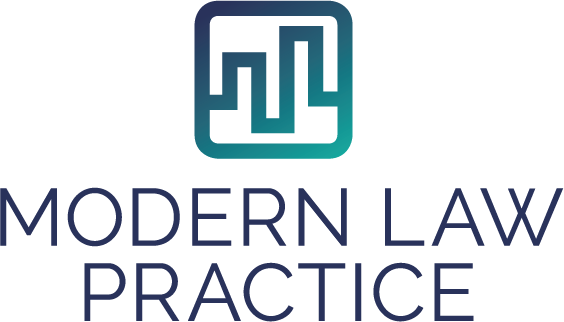I am very clear that I will spend no more than 50 percent of revenue on employee costs. Likewise, my team is aware that adding to the headcount leaves fewer dollars for me to spend on raises or bonuses. They are also aware that adding people must add revenue dollars.
This very basic concept provides a great hiring framework and allows you to look at your hiring decisions logically and systematically.
Revenue Per Employee
Revenue per employee is another quick and simple gauge to make sure that your firm has the right number of people. Generally, $150,000 or more of revenue per employee is a good goal. Employees are different from contractors or virtual assistants. If you are on your own and are not at the $300,000 total revenue mark, consider using a nonemployee to help support your needs.
Red Flags
One number that is critical to your financial health is your accounts receivable percentage. What percentage of the dollars you bill (if you bill hourly) are you collecting? Anything less than 95 percent is not tolerated in the firm—it means we are working for free. We allow for 5 percent to be uncollected because there are times when we have purposefully allowed clients to make payments. As long as the decision is intentional and within the larger framework of ensuring cash flow, we have decided this is acceptable in my firm.
A Question to Ponder
We all want to do great work for our clients and serve them in an effective and efficient manner. One question that I try to ask myself and that I ask all my staff to ask themselves constantly is whether the task they are doing at any given time is the best use of their time. Can the task be done with technology, by an outsourced person or service, or by a lower level staff person within the office? Asking this question allows us to ensure we are constantly growing and that our financials are always part of the considerations when making decisions.
I have struggled with hiring and management more than any other area in my firm. I have read books, listened to podcasts, studied human behavior, and implemented policies and procedures surrounding hiring and management. I have used legal recruiters, local bar associations, LinkedIn ads, hiring consultants, and “Topgrading” procedures. I have put candidates through personality testing, rigorous background tests, and multiple interviews, including group and individual interviews. More often than not, I have gotten it wrong.
Why We Had Turnover (at first)
In the early days, there was near-constant turnover. This could be due to so many factors. I was employing people as contractors, for part-time work and low pay. We didn’t offer health or retirement benefits and didn’t pay for bar dues or CLEs. We can expect anyone in that situation to be looking for better employment options. But as time went on and we fixed everything listed above, we still had turnover problems, or bad-behavior problems, or infighting within the office. The bad behavior problems mostly surrounded people refusing to follow systems or processes. My tendency was to let things go, and this only fueled ignoring policies by those free spirits who thought they had a better way.
Another tendency of mine is to look at the results over the process, so it didn’t always bother me that someone wasn’t following a particular policy or rule. It absolutely killed my rule-followers. These are the rocks within the organization that operate with pride and follow the policies. They become incensed when individuals flaunt the policies and thrust last-minute projects or half-finished work on their desks. They were infuriated with me for allowing such disrespect of the organization. I didn’t want to fire people. Hiring a new person would be a nightmare. I didn’t know how to change behavior.
Most of the time, I would simply wait until there was such a disaster that we would need to talk about it. I would ask the person to change. They would agree, and the cycle would reset. This does not make for a happy work environment.
Other times there would be such a personality conflict that the person, while competent, just didn’t fit. Clients were not getting what they expected, and employees had to work with people they just didn’t jive with. Time after time, I analyzed what went wrong with a particular employee and then course-corrected to hire the opposite. This is an awful strategy that has almost always resulted in a bad hire. These are the rebound hires, and they are just as disastrous as rebound romantic relationships. (This will not be the last time I mention dating and romantic relationships.)
Out Of The Chaos
A happy work environment is one that is structured, with clear expectations for each employee. People do best when they know what is expected, how to succeed, and whether they are succeeding. So, how can you go from the chaos I have described above to a company that is drama- and turnover-free? It starts with values, hiring, and management. It starts with determining your expectations for each employee and creating and executing a plan to deliver the feedback employees need and deserve so they can know whether they are succeeding within your organization.
Before you attempt to hire, take the time to go through the thorough values assessment (call our office to find out more). You don’t know what you are looking for until you know who you are.
When hiring, you are looking for a unique combination of competence, culture fit, and balance within the firm. You simply cannot know whether these all exist in an interviewing and hiring process. A few trial projects or a temp-to-hire scenario can provide you with hands-on experience working together.
Other firms do working interviews where people are given projects to complete and are evaluated on the results. The best hiring tactics try to be consistent, objective, and based on uniform criteria. An oft-repeated phrase worth mention here is “fire fast, hire slow.”
The wrong person on your team can infect the company, and it is worth taking the time to ensure you have the right person before you hire.


